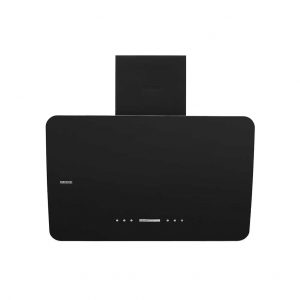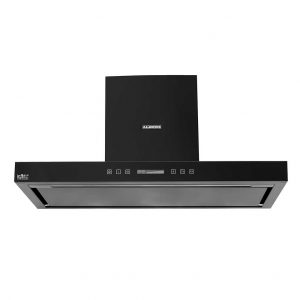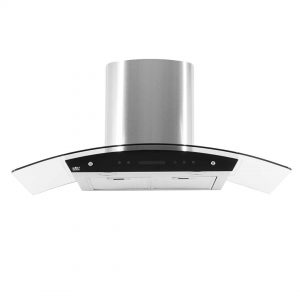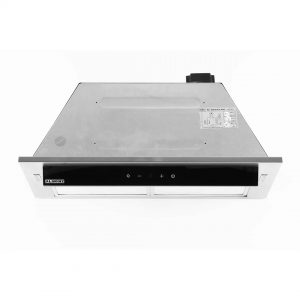Grease, smoke, moisture, and odors are part of daily life in a busy kitchen design, especially if you cook frequently. How do you combat these factors to keep your kitchen free of odors and smoke? A range hood is the answer to this kitchen design dilemma. This unassuming kitchen appliance is just as important as your cooking appliances, so choose carefully.
There is more to a range hood than what you see on the surface. A kitchen hood is composed of the canopy, which must be of sufficient size to cover the cooking area in order to effectively extract the smoke and steam. This often includes an integrated light for extra illumination in the cooking area. The real magic happens behind the scenes, where the fan and filter system work hard to capture and remove unwanted elements from your cooking area. There are many styles of hoods to suit any kitchen design and layout, but you must get the technical considerations right first to make sure your range hood will perform its duties.
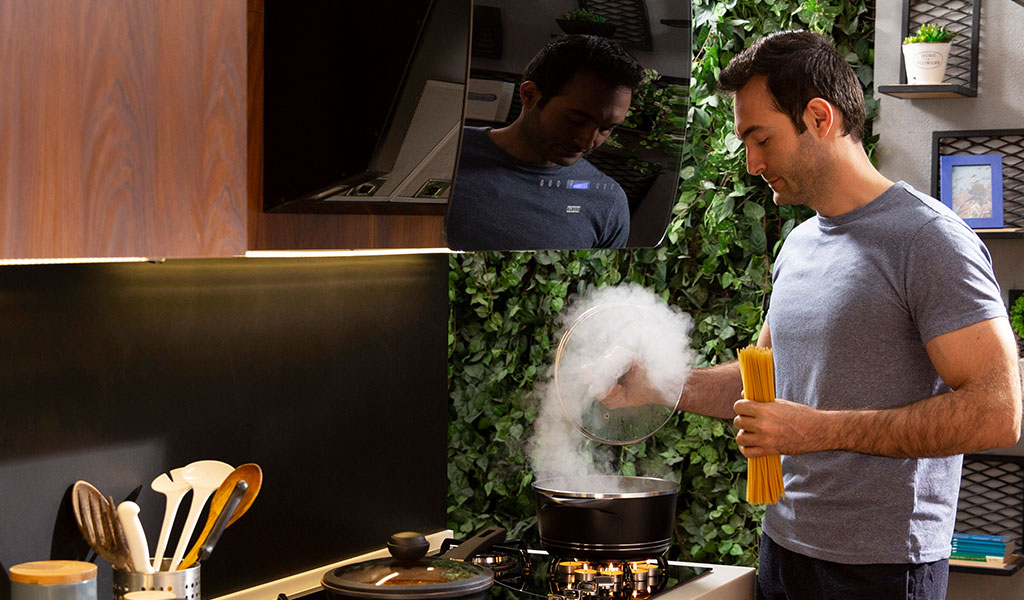

First, consider how powerful a fan you require. This is measured in cubic feet per minute (CFM), referring to the amount of air your fan can move. Your requirements for a fan will depend on several factors, including the size of your stovetop, whether it is gas or electric, and how much and what type of cooking you typically do. The Home Ventilation Institute recommends 100 CFM per linear foot of range for a wall mounted hood and 150 for an island mounted model. A gas range also requires a higher CFM than an electric one.
You also need to take sound into consideration. The output of sound from a ventilation fan is measured in sones. Higher settings on your fan produce more noise, and some fan models are louder than others. Be sure to properly investigate sound output by testing out models in the store and discussing the options with an experienced kitchen design professional.


